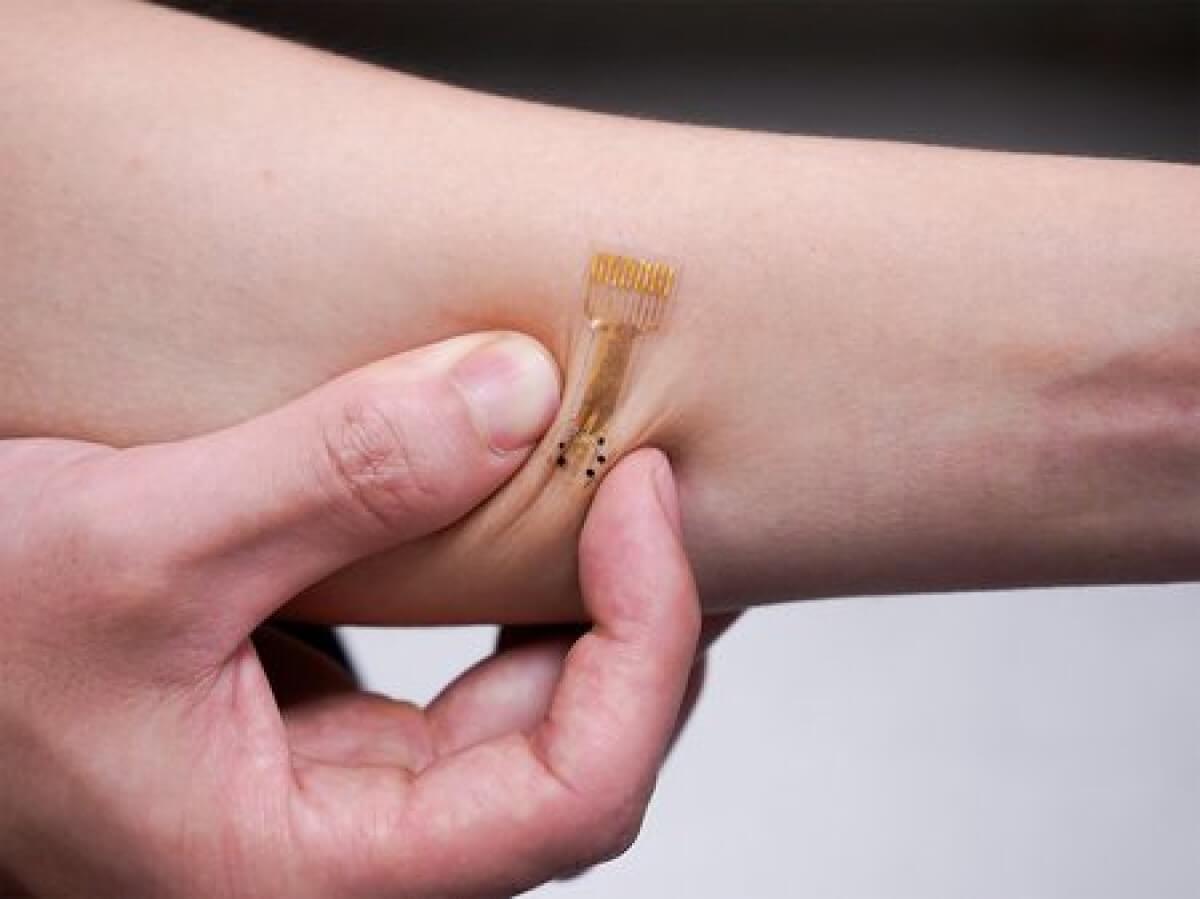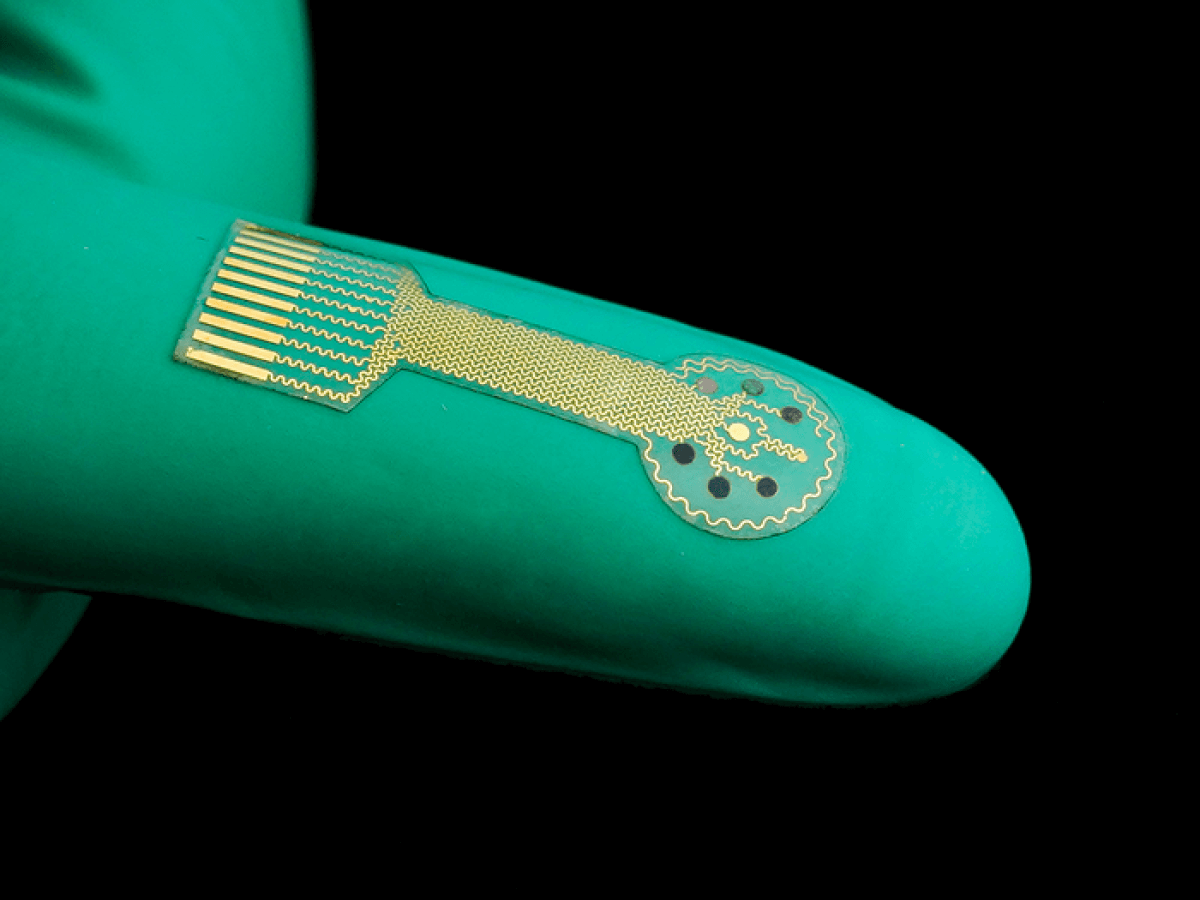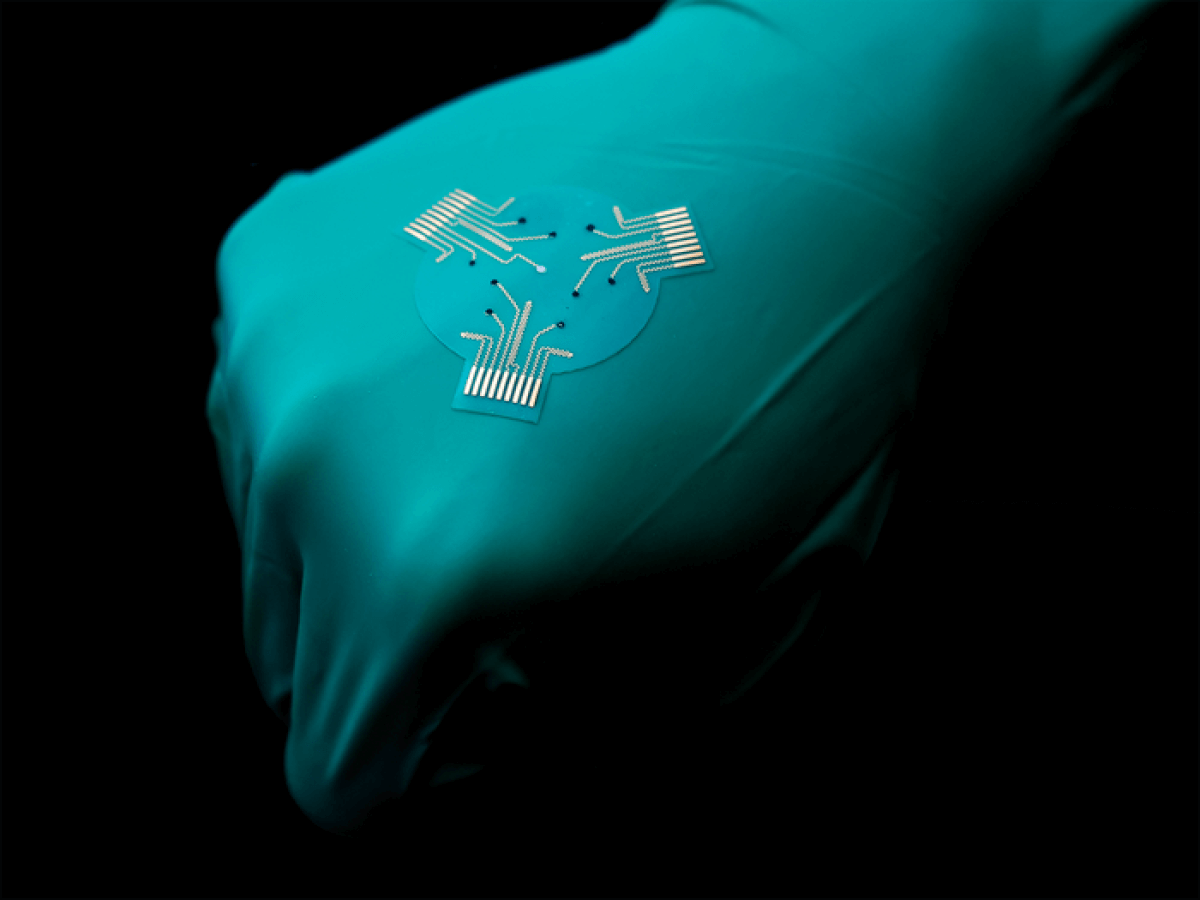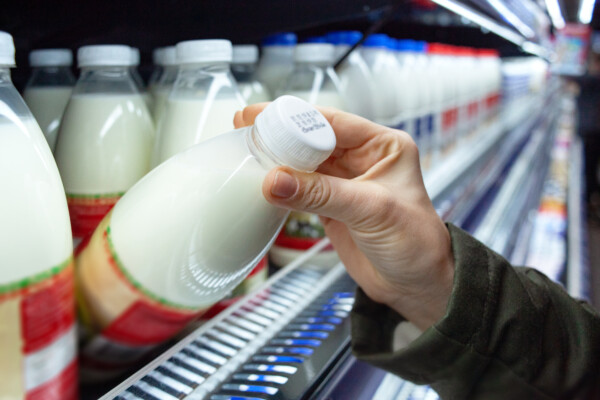
The flexibility of Wei Gao's smart bandages means they can stay on even while skin stretches and moves. Credit: Caltech
PASADENA, Calif. — A cutting-edge “smart” bandage that can monitor and treat wounds offers the potential to make the healing process more affordable, efficient, and convenient. Scientists at the California Institute of Technology (Caltech) have developed this innovative, stretchy bandage, which is set to revolutionize wound treatment.
Although it is not yet available for purchase, the smart bandage could hit the market in the near future, pending successful human trials. Developed in Dr. Wei Gao’s lab, this product aims to address chronic wounds, which represent a financial burden of approximately $25 billion annually in the United States alone.
“There are many different types of chronic wounds, especially in diabetic ulcers and burns that last a long time and cause huge issues for the patient,” says Dr. Gao in a university release.
Unlike traditional bandages, Caltech researchers’ smart bandages are made from a flexible polymer containing both electronics and medication. The embedded electronics allow the sensor to monitor factors like pH levels or temperatures, which could indicate bacterial infection or inflammation in the wound.

The smart bandage can respond to wounds in three ways: by wirelessly transmitting data to a nearby device for review by the patient or doctor, by delivering antibiotics or other stored medication directly to the wound, or by applying a low-level electrical field to stimulate tissue growth and speed up the healing process.
“There is a demand for technology that can facilitate recovery. We have shown this proof of concept in small animal models, but, down the road, we would like to increase the stability of the device and also to test it on larger chronic wounds because the wound parameters and microenvironment may vary from site to site,” Dr. Gao explains.

By continuously monitoring and treating wounds, the smart bandage could help prevent complications such as infections, further reduce treatment costs, and improve patient outcomes. As the technology continues to be refined and tested, patients and healthcare providers alike can look forward to the numerous benefits that this innovative solution will offer.
You might also be interested in:
- Electricity could help wounds heal 3 times faster, study reveals
- Blueberries may hold the key to treating hard to heal wounds
- Ultrasound ‘sticker’ could let pregnant women watch their babies grow – on a smartphone
Dr. Gao’s team published their findings in the journal Science Advances.
South West News Service writer James Gamble contributed to this report.










